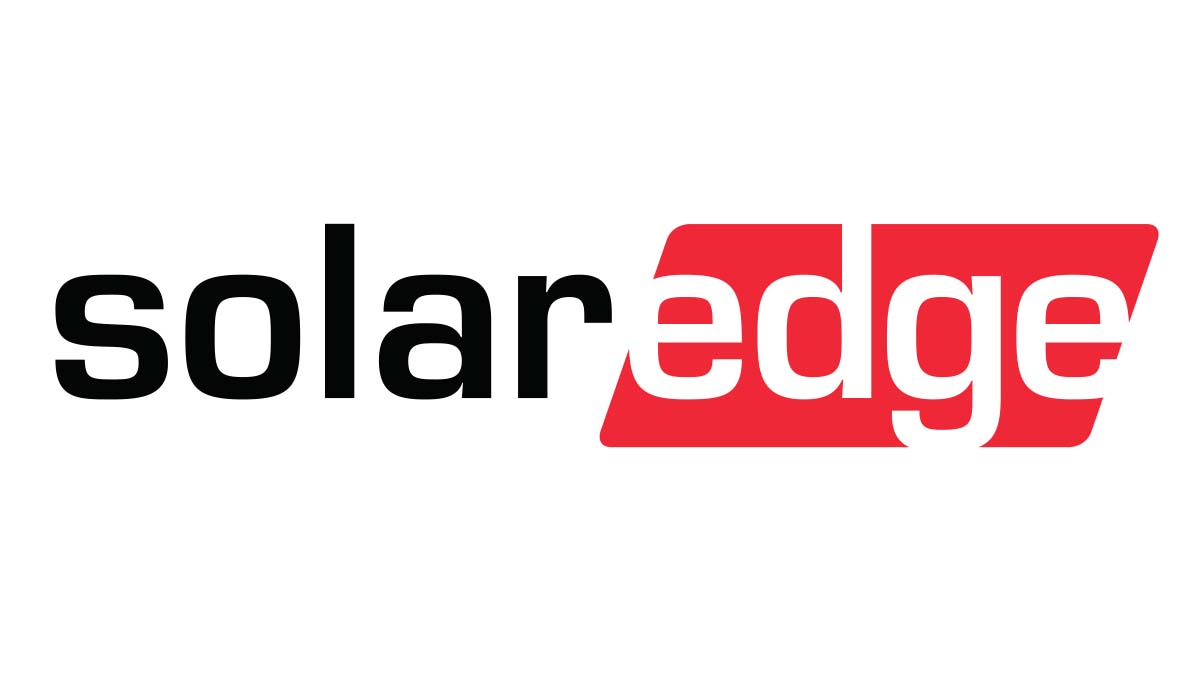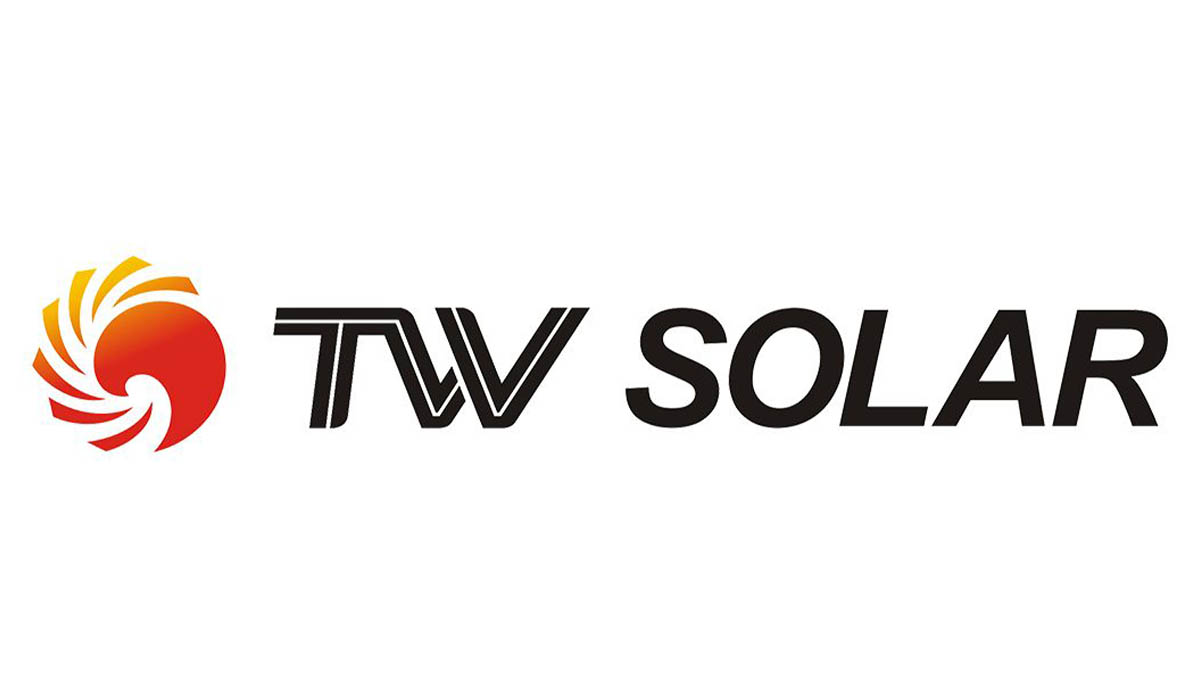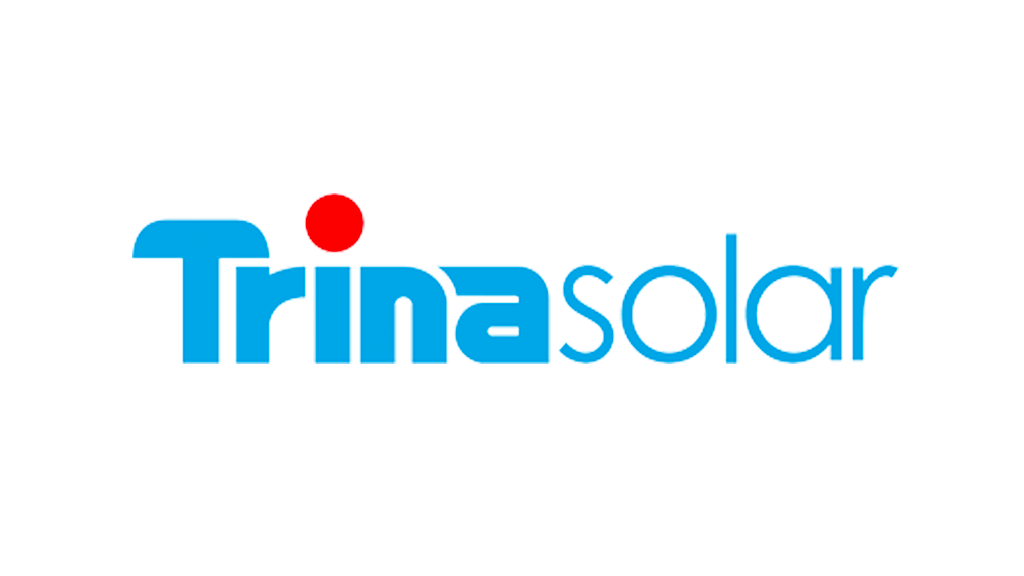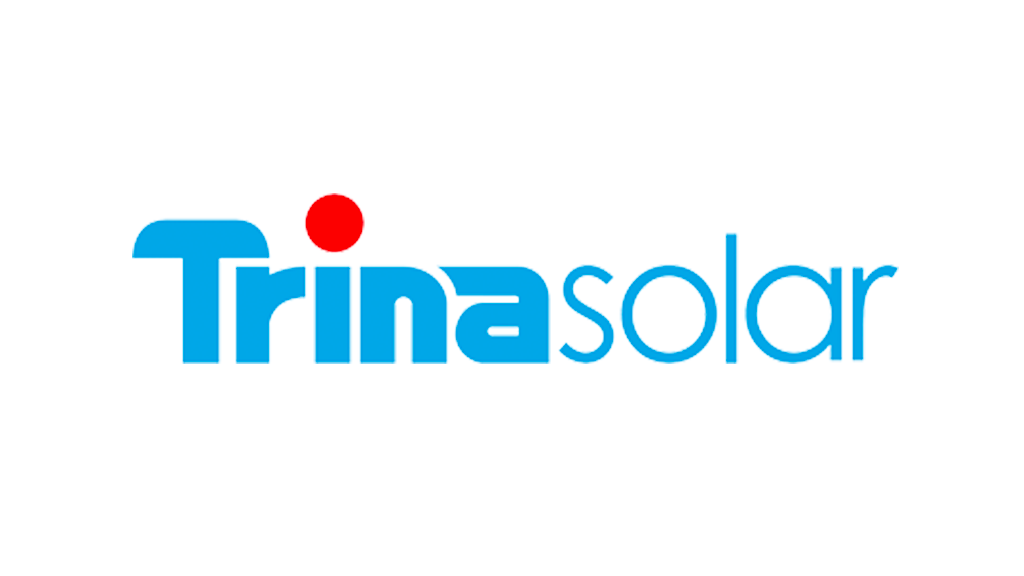Brand
Price
Top filters (4)
Type
Claimed power output (W)
Product warranty
Test results (2)
Power output score
Electroluminescence score
Specifications (2)
Efficiency (%)
Country of origin
Related products (1)
Availability
Sort by
Filter by
Solar panel reviews
Choosing the right solar panels can be tricky, with so many brands claiming to be the best. That’s why we lab test panels from leading Australian and international brands, so you know which ones really deliver.
Our independent tests check how closely each panel matches its claimed power output, how well it’s made, and how efficient it is. We also detail the warranty, giving you insight into the manufacturer’s confidence in their product.
Check out our solar panel database for full specs, or read our solar panel buying guide to find out which type of panel is right for your home.
Note that there are no product images – most solar panels look very similar and appearance isn’t a major factor when choosing them.
These tests are performed for CHOICE by PV Lab, an expert photovoltaics laboratory in Canberra, as our own lab doesn’t have the required equipment or expertise.
Astronergy Astro N5S CHSM54N(DG)/FHC-435
435w claimed power output
Canadian Solar CS3L-370MS (IEC1000V)
370w claimed power output
Canadian Solar TOPHiku6 CS6R-440T (IEC1000V)
440w claimed power output
Eging PV Star Pro EG-440NT54-HLV
440w claimed power output
Hyundai HiE-S390UF
390w claimed power output
JA Solar Deep Blue 4.0 Pro JAM54D40-440/LB/1500V
440w claimed power output
JA Solar JAM60S20-390/MR/1000V
390w claimed power output
Jinko Tiger JKM390M-6RL3
390w claimed power output
Jinko Tiger Neo JKM475N-60HL4-V
475w claimed power output
Longi Hi-Mo 4m LR4-60HPH-370M
370w claimed power output
Longi Hi-Mo 6 Explorer LR5-54HTB-430M
430w claimed power output
Q Cells Q.MAXX-G3 390
390w claimed power output
REC Twin Peak 4 REC370TP4
370w claimed power output
REC Twinpeak 5 REC400TP5 Black
400w claimed power output
Risen RSM132-6-370M
370w claimed power output
Risen RSM108-9-440N
440w claimed power output
Seraphim SN N-Topcon SRP-440-BTD-BG
440w claimed power output
Seraphim SRP-370-BMC
370w claimed power output
Solahart Solahart410V2
410w claimed power output
SolarEdge SPV365-R60LWMG
365w claimed power output
SunPower Performance 6 SPR-P6-410-BLK
410w claimed power output
SunPower Performance 3 BLK SPR-P3-370-BLK
370w claimed power output
Tindo Solar Karra-330P
330w claimed power output
Tindo Solar Karra-410G2H
410w claimed power output
Tongwei Terra 5E TH440PMB7-46SCF
440w claimed power output
Trina Vertex S+ TSM-440NEG9R.28
440w claimed power output
Trina Vertex S TSM390DE09.08
390w claimed power output
Winaico Gemini WST-370MG (120 Cell)
370w claimed power output
Winaico WST-430NGXB-D3
430w claimed power output
Yingli YLM 120 CELL YL370D-34d
370w claimed power output































